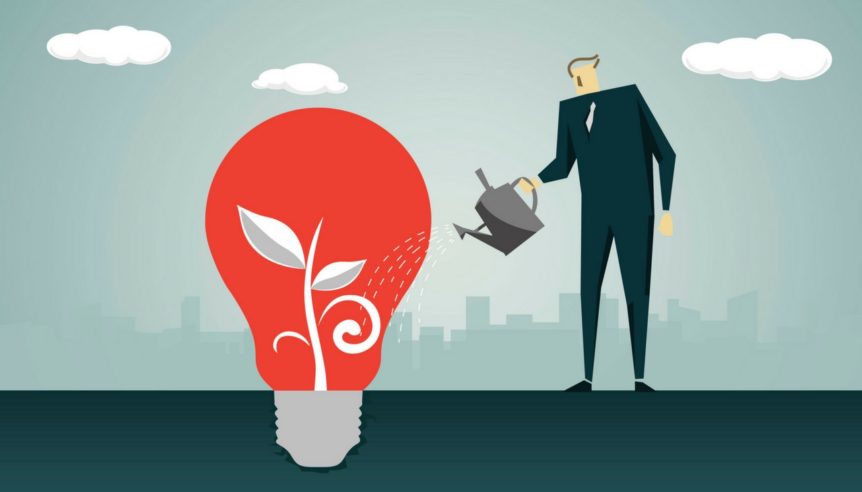First published in Oracle SmarterCX: https://smartercx.com/who-are-we-really-innovating-for/
Innovation still tends to be predominantly inward looking, used primarily to solve business problems and often confined to, and stifled within, siloed business units. At some point we need to ask the question: Who are we really innovating for?
To realize the promised rewards, innovation can no longer remain focused on simply generating more marginally successful solutions for market share gain, productivity improvements, or shareholder returns. Innovation must now focus on the customer. A customer-centric mindset puts customers at the center of a business’s thinking, decision making, and actions to improve customer experiences and enhance value. Applying customer centricity to innovation means solving customer problems and unmet needs.
The foremost consideration in customer-centric innovation are your customers’ unmet needs. Critical to the process is understanding your customers’ perspectives. What are their behaviors and emotions in every interaction they have with your business across every stage of their journey?
Rather than incremental change for a single customer touchpoint, product, or service, customer-centric innovation focuses on transforming the end-to-end customer journey to create new experiences, new offerings, and greater value. A great example is how Airbnb disrupted the hotel and hospitality industry..
Startups and established multinationals alike are benefiting from creating ideas with a customer-led focus. Banks and credit card companies are innovating purchase journeys using wearable tech. Car manufacturers and shopping centers are collaborating to reinvent environmentally sustainable transport. The disability sector is investing in new, non-intrusive sensory technology to identify people suffering declining health and commercial drones are set to change the delivery phase of the buying journey.
Future state customer journey mapping is a customer-centric innovation method used to envisage the future, end-to-end experience. While customer journey mapping documents current experiences, behaviors, and emotions, future state mapping looks to identify opportunities to invent new experiences rather than modify existing ones—it’s focused on creating ideas that are customer-led.
To ensure the work is undertaken with integrity it is imperative the people involved in the innovation process immerse themselves in the customer’s world. Artifacts such as current state journey maps, persona profiles, and customer stories foster deeper customer connection and a greater focus on customer needs and are used to stimulate discussion to help participants develop customer empathy.
Equally important is ensuring cross-functional participation. As outlined in Harvard Business Review, 26% of executives said the transition from innovation, or R&D group, to the business unit “needs serious work.” Best practice customer experience innovation shifts from work being siloed to jointly owned to ensure alignment of goals, a clear understanding of roles, and positive internal promotion for the changes to come. Additionally, when future state innovation is undertaken collaboratively it can alleviate the problem of implementation obstruction, or worse, failure from ineffective hand-off and management into the business.
Critically, being customer-led in your innovation efforts requires customer participation. Your greatest opportunity is to involve customers in your future state ideation sessions alongside your team members. Customer inclusion brings the customer voice and narrative into the room, helping participants understand the experience from the customer’s point of view.
Many would probably agree with Henry Ford’s oft-quoted (and perhaps apocryphal) position, “If I had asked people what they wanted, they would have said faster horses.” To do so however is to miss the point, Ford was interested in solving customer’s unmet needs, and in the process he disrupted how people and goods move from one place to another at speed.

